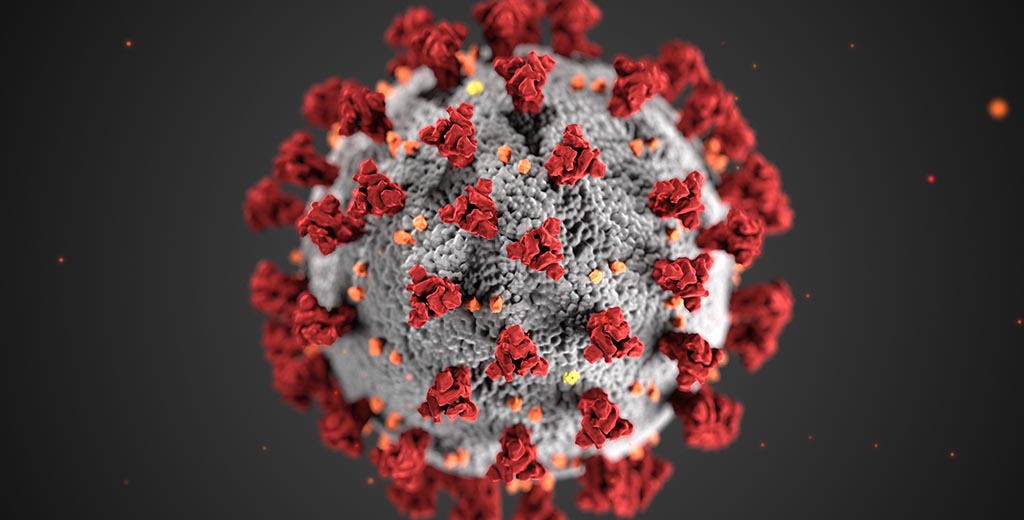Designing an efficient method to limit the spread of the virus utilizing limited available resources.

Current global crisis has taken a toll on all our lives. Following the pandemic, reducing the effect of the virus was a matter of utmost importance. So, we tried to come up with an idea of quarantining the affected houses thus minimizing the spread of the virus if we had a chance.
The aim of our project is to quarantine those clusters of infected houses which will have a massive impact on the outspread of the virus. Owing to the limited resources, we will first quarantine that part of the village where the maximum number of houses will be affected overnight. By the next day, the virus must have spread in the other parts of the village. Then, we analyze the condition.
Here we assume a village is an mXn grid.
Constraints
There will never be a tie.
The cluster of affected houses will always form a rectangle.
In this, we utilize 2 functions:-
1.) The first function identifies which cluster of houses should be
quarantined first.
2.) Since in one day we can quarantine only one cluster, the second
function provides us with where the virus has spread in one night.
So, we take a 2-D array where 0 represents unaffected houses and 1 represent houses affected by the virus . As mentioned above, we call two different
functions which consist of various loops and conditional statements.
For example: -
Based on the above diagram, we quarantine the 5 affected houses on the right. Since the left side couldn’t be quarantined the virus has spread overnight. So, now on the next day we
quarantine this side. To represent the quarantined
houses we mark them as -1. Thus, we have stopped
the virus outbreak.
We illustrate an example below, displaying the results of our code We take a 6X6 grid to show the village affected by the virus. In this example, there are 2 clusters of houses that are already affected by the virus.
1 1 0 0 0 0
1 1 0 0 0 0
0 0 0 0 0 0
0 0 0 1 1 0
0 0 0 1 1 0
0 0 0 0 0 0
Function Wall As we can see the top-left cluster will affect 5 houses whereas the other cluster affects 10 houses. Utilizing the first function, we identify the cluster of houses to be quarantined and change their value to 2.
1 1 0 0 0 0
1 1 0 0 0 0
0 0 0 0 0 0
0 0 0 2 2 0
0 0 0 2 2 0
0 0 0 0 0 0
Final Output
As we can clearly see there is only one cluster of houses left, the functions quarantine the last cluster and terminate the loop.
1 1 1 0 0 0
1 1 1 0 0 0
1 1 1 0 0 0
0 0 0 -1 -1 0
0 0 0 -1 -1 0
0 0 0 0 0 0
2 2 2 0 0 0
2 2 2 0 0 0
2 2 2 0 0 0
0 0 0 -1 -1 0
0 0 0 -1 -1 0
0 0 0 0 0 0
Hence, the affected houses were quarantined and the village was saved.
Total number of houses quarantined: 13
Total number of houses saved: 23
Number of nights to stop the virus: 2
-1 -1 -1 0 0 0
-1 -1 -1 0 0 0
-1 -1 -1 0 0 0
0 0 0 -1 -1 0
0 0 0 -1 -1 0
0 0 0 0 0 0